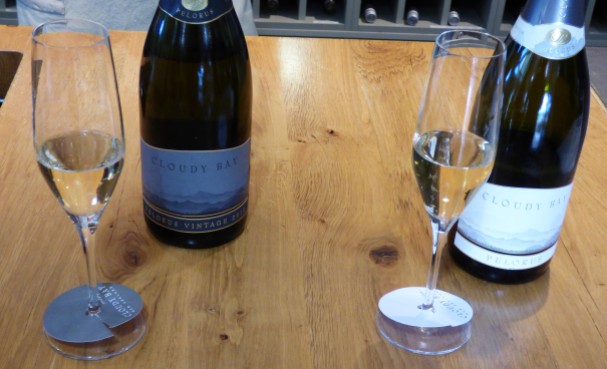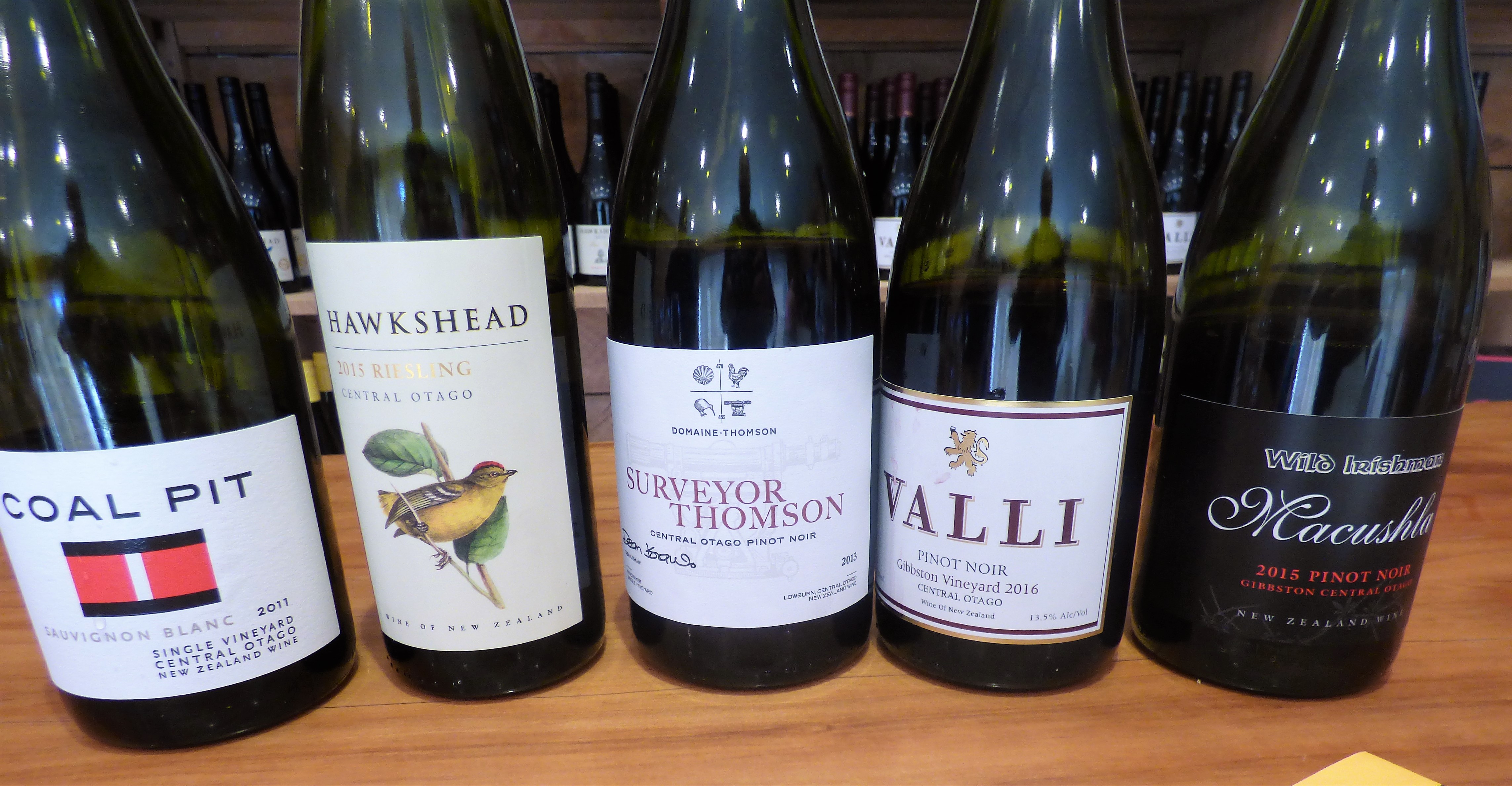A year of classic regions for white wines. Let’s start outside of France with a wonderful Riesling from the Rheinhessen. I declare my bias as Rhine and Mosel wines were what sparked my first interest in and love of wines. Riesling would also be my white grape of choice for my desert island.

Weingut Schmitt Riesling M 2017 I tasted at The Real Wine Fair in May and it made a lasting impression. This is how I described it at the time, “Bianka Schmitt explained to me that this was picked slightly later than their other Rieslings and spends a year in old oak. It was a stunner. Aromas ranging from floral to citrus, initial flavours of zest, yellow and green fruitgums. However, what made the wine stand out was what happened next. The wine continued to release flavours even after I had swallowed the liquid (some wines you just do not spit). Lingering melon, grapefruit and even tropical fruits grew and developed for a full minute. I love Riesling and this was a truly special example of its complexity and generosity.”
Another Riesling, this time from just across the border in Alsace. Christian Binner is a long established natural producer and I enjoyed tasting through his whole range of wines, including some lovely Pinot Noir. However, my favourite was the Riesling Grand Cru Schlossburg 2016, lean, steely fresh but with a lovely apple and pear fruit on top. Superb example of the grape and also the value of a great vineyard site and its terroir.

Whilst tasting the Schmitt’s Riesling I was alongside Alice De Moor and one of her wines comes next. Chablis 1er Cru Mont De Milieu 2017 was everything you would want from a Chablis. This outlying area of Burgundy is renowned for its steely, flinty Chardonnay and this wine provided all of those elements but wrapped around with fruit and a creamy nuttiness. Right at the top of my favourite white wines of recent years, showing again how good natural producers bring out the best of their vineyards and grapes.
Two other Burgundy whites reignited my love of that region. A basic Bourgogne Blanc 2016 from Fanny Sabre punched well above its humble label, classic Burgundy with freshness and generous fruit. I must seek out some of the domaine’s more celebrated wines as this showed great winemaking talent. As did AMI is a newish domaine which buys in organic grapes. I liked all their wines but best for me was another more humble label, St. Romain Blanc 2017. Citrus, creaminess, freshness and a hazelnut note – more classic Burgundy Chardonnay. These two show that excellent wine is still available at good prices in Burgundy.
The Jura has become a very fashionable wine region in recent years, very different to when I first visited 20 years ago. I love the wines though their popularity makes them increasingly expensive and difficult to find. I came across the wines of Domaine De La Touraize at RAW and they were a highlight of the year. Bets of all was the Savagnin 2015 which spent 2 years ‘sous voile’ i.e. under the yeast flor. The wine is nutty, stony and had lovely apricot flavours – all of which lingered long in the mouth. Exciting wine.

Two wines from outside of France merit mention here as I enjoyed them greatly. Patrick Sullivan makes wine in Victoria, Australia. I tasted some of his excellent wines in Australia last year and sought some out upon my return to the UK. His Baw-Baw Chardonnay 2018 had great concentration and power and, whilst still very much in its infancy, offers good fruit and drinkability already.

One of my favourite producers in recent years is Casa Pardet from the Costers Del Segre region in Catalonia. One of their Cabernet Sauvignons tasted 4 years ago was one of the greatest wines I have ever had. This year I revelled in their Chardonnay Amfora 2016. Almost an orange wine (perhaps it ought to have been in that section) it has lovely grip and dry, stone fruit flavours with almost liquorice afternotes. Great.

Finally to the Languedoc and the only domaine in Faugères producing only white wines. La Graine Sauvage is the domaine of Sybil Baldassarre. Sybil is an oenologue by profession but now has her vineyards and works with her partner Alexandre Durand whose red Dynamite I chose amongst my red wines of the year. A talented couple as well as being great people. Sybil’s The Velvet Underschiste 2016 shows off Grenache Blanc with apple and pear fruit flavours and a freshness from the schist soils of the Faugères. Lovely now but with long life ahead of it if I can resist drinking my remaining bottle for a few years. Excellent wine.
Reviewing my selections the predominance of Chardonnay and Riesling came as something of a surprise, the predominance of France perhaps less so. I found this the most difficult of all the categories to select a final list. There were so many great white wines which I was fortunate enough to taste this year and apologies to many other producers whose talents I could easily have highlighted on another day.




















































































